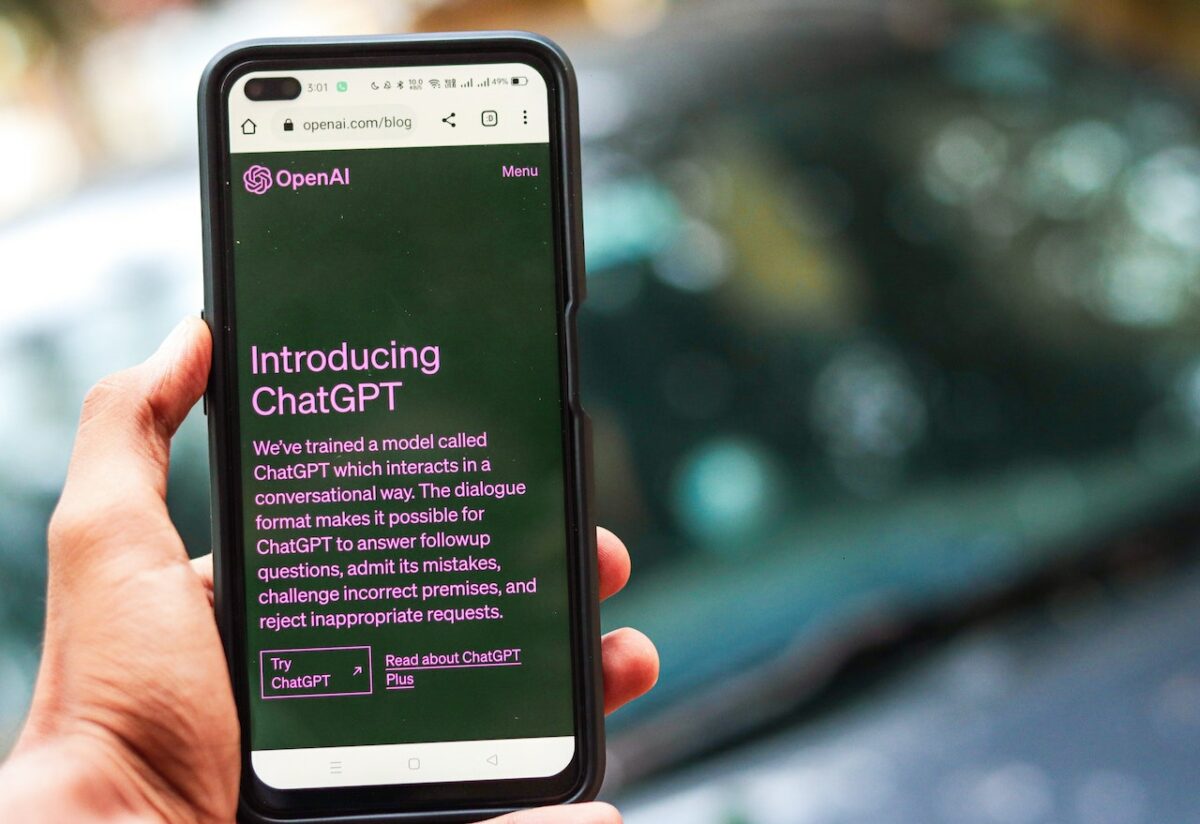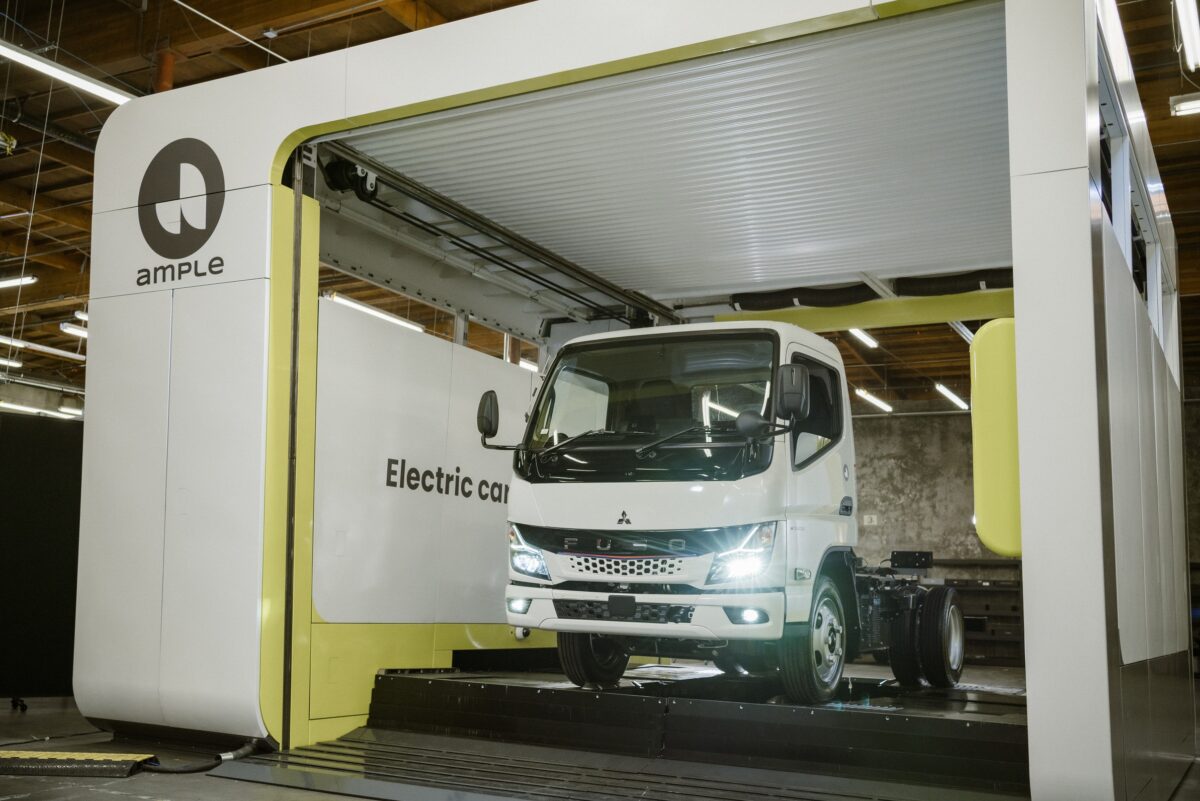Backing up a truck can be a risky business. Governments and NGOs around the world have published guidelines aimed at teaching drivers the safest methods, such as fitting blind spot mirrors, knowing in which direction to turn the wheel or attempting to eliminate the need to reverse a vehicle in its entirety. But for truck drivers, there traditionally has been no substitute for G.O.A.L.—Get Out And Look. Drivers climb out of the cabin of the tractor-trailer, walk to the rear, make sure it’s clear, climb back inside and then reverse. However, this method can be a time-consuming and often tedious way of finding out what’s behind a truck, especially considering that the average age of a US truck driver is 55.
According to the National Safety Council, poor reversal techniques are responsible for one out of every four vehicle accidents. With millions of trucks on the road all over the world, how can this still be the most established and safest method for drivers to safely reverse?
The ability to transmit data through existing infrastructure will enable existing fleets on the roads today to be able to install rear-view capabilities with after-market services in an affordable manner
Rear-view visibility technology has evolved greatly in passenger vehicle design, giving cars more visibility today than ever before. Newer passenger vehicles have adopted replacements to traditional rear-view mirrors with advancements such as e-mirrors and reverse cameras that fill in blind spots and provide rear-facing visibility. Cameras fitted at the back of the vehicle connect to processing units in the front, providing drivers with a complete picture of where they are and what obstacles may be in their path.
Can the trucking industry replicate the tech advancements that passenger vehicle makers have made to improve rear visibility? Long-standing challenges have prevented the trucking industry from adopting rear-view camera solutions, but advancement in connectivity solutions are changing that.
Tractor-trailer composition challenges
There are several reasons that make cars easily adaptable for rear-facing visibility. First and foremost, a simple rear-view mirror is usually good enough to provide much of the rear-facing visibility a driver needs. Trucks, on the other hand, usually have bulky trailers towering above and behind the cabin, making a rear-view mirror practically unusable. The composition of a tractor-trailer has also presented a major challenge to the advancement of rear-view camera technology. The vehicle’s separate units require a rear-view camera to bridge the gap over existing cable infrastructure to maintain the ability to attach and detach the trailer.
Transmitting high-speed, high-bandwidth video data was never the intended purpose of the jumper cable. Yet, connectivity advancements are making it possible to maintain a link capacity of 250Mbps through the truck’s standard jumper cable—more than enough to provide a video link from the back of the trailer to the cabin up front. Power over Data Line (PoDL) has been a standard concept in the automotive industry, but in this instance, technology is evolving to bring Data over Power Line.
The ability to transmit data through existing infrastructure will enable existing fleets on the roads today to be able to install rear-view capabilities with after-market services in an affordable manner.
Increased electromagnetic interference
The size and length of passenger vehicles also ensure that they need to withstand only moderate levels of electromagnetic interference (EMI). But trucks are just the opposite. They are long, often consist of two separate units, and operate in an extremely harsh electromagnetic environment that can include noise sources such as refrigeration units and even the powerline jumper cable connecting the tractor and the trailer.

The standard jumper cable connecting the tractor to the trailer adds complication to what is already an incredibly harsh electromagnetic environment. But advancements in low frequency data transmission can overcome this challenge to keep the signal strong across the entire link. Digital Signal Processing (DSP) technologies such as Just-In-Time Noise Cancellation (JITNC), Pulse Amplitude Modulation (PAM), and ultra-fast PHY-Level Retransmission also enable exceptionally resilient signal distribution.
Transmitting data over longer distances
Increasing the distance data must travel also increases the signal attenuation and the effects of EMI. This has posed a serious challenge to efforts to enhance rear-view video visibility for tractor-trailers. However, advancements in DSP solutions and low frequency data transmission make it possible to distribute high speed error-free data over distances of up to 131ft—more than long enough to handle two standardised trailer lengths of 48 feet and 53 feet.
Finding an alternate solution for the trucking industry
The trucking industry has long suffered from a lack of rear-facing visibility due to the challenges presented by the length and composition of tractor-trailers and the harsh EMI environment in which they operate. G.O.A.L. has remained the primary means for truck drivers to avoid crashes while reversing because these challenges have prevented the trucking industry from integrating reliable, quick-connect rear-facing cameras. But with advancements in chip technology, cameras and connectivity solutions, the industry is now positioned to overcome these barriers and create a safer environment for millions of truck drivers around the world.
About the author: Gideon Kedem is Senior Vice President and Head of Automotive at Valens Semiconductor


